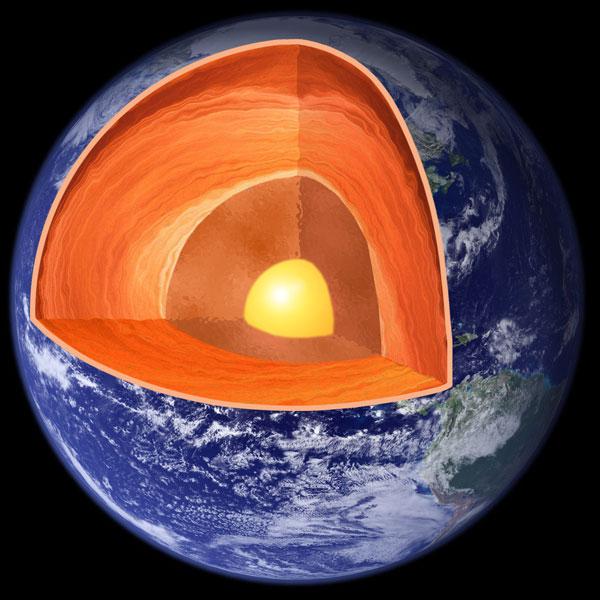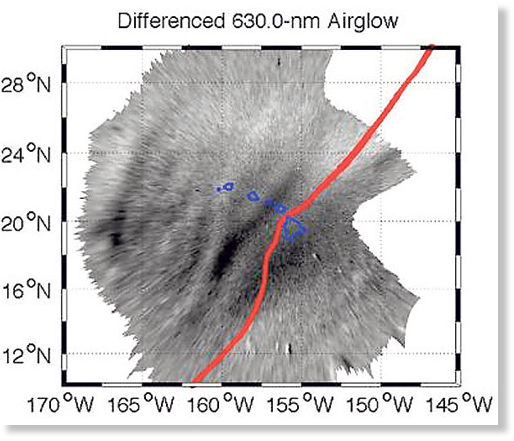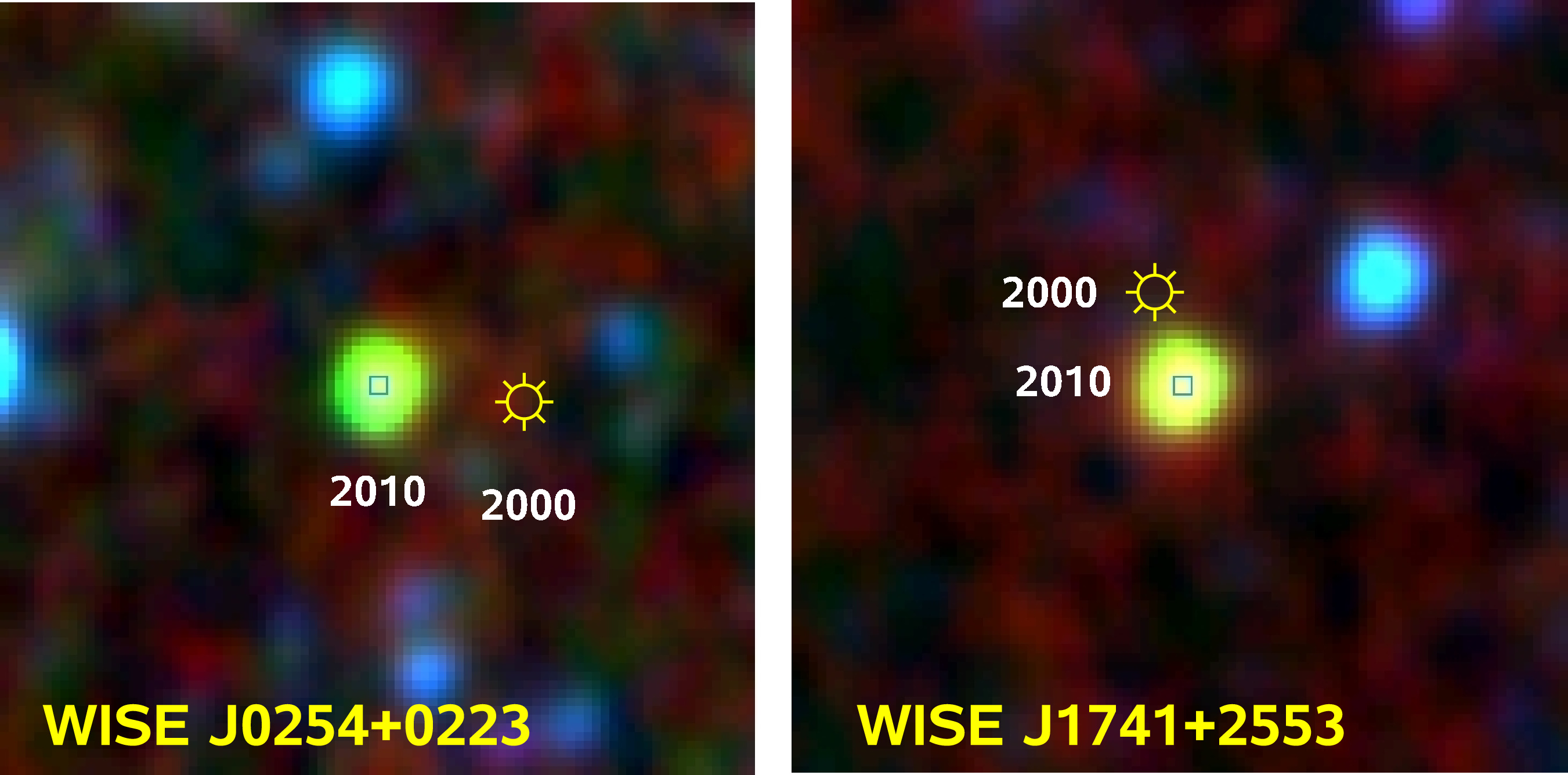
Half of the extraordinary heat of the Earth that erupts on its surface volcanically and drives the titanic motions of the continents is due to radioactivity, scientists find.
This new discovery shows that the planet still retains an extraordinary amount of heat it had from its primordial days.
To better understand the sources of the Earth's heat, scientists studied antineutrinos, elementary particles that, like their neutrino counterparts, only rarely interact with normal matter. Using the Kamioka Liquid-scintillator Antineutrino Detector (KamLAND) located under a mountain in Japan, they analyzed geoneutrinos - ones emitted by decaying radioactive materials within the Earth - over the course of more than seven years.
The specific amount of energy an antineutrino packs on the rare occasions one does collide with normal matter can tell scientists about what material emitted it in the first place - for instance, radioactive material from within the Earth, as opposed to in nuclear reactors. If one also knows how rarely such an antineutrino interacts with normal matter, one can then estimate how many antineutrinos are being emitted and how much energy they are carrying in total.











Comment: Despite the article's claim that Van Allen radiation belts do not cause any harm to humans and their bodies (and there is no way of knowing it for sure), there is a high chance that these belts carry serious implications for the Earth's climate.
From Chemtrails? Contrails? Strange Skies by Laura Knight-Jadczyk: